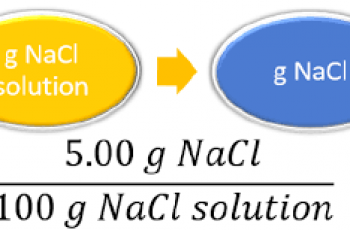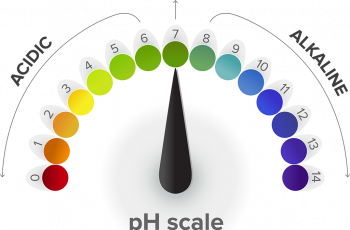Oxidation number or oxidation state, is the total number of electrons that an atom either gains or loses in order to form a chemical bond with another atom.
The oxidation number helps us keep track of electrons in an atom.
Formula to calculate oxidation number.
You assign oxidation numbers to the elements in a compound by using the Rules for Oxidation Numbers.
- The oxidation number of a free element is always 0.
- Oxidation number of a monatomic ion equals the charge of the ion.
- H has an oxidation number of +1, but it is -1 in when combined with less electronegative elements.
- The oxidation number of O in compounds is usually -2, but it is -1 in peroxides.
- Group 1 element oxidation number in a compound is +1.
- The oxidation number of a Group 2 element in a compound is +2.
- The oxidation number of a Group 17 element in a binary compound is -1.
- The sum of the oxidation numbers of all of the atoms in a neutral compound is 0.
- The sum of the oxidation numbers in a poly-atomic ion is equal to the charge of the ion.
Example:
Suppose you have a nitrate ion, calculate its oxidation number.
NO3–
Since a nitrate is a poly-atomic we’ll use the last rule. Since the charge of the ion i s-1 therefore, its oxidation number will be -1.

